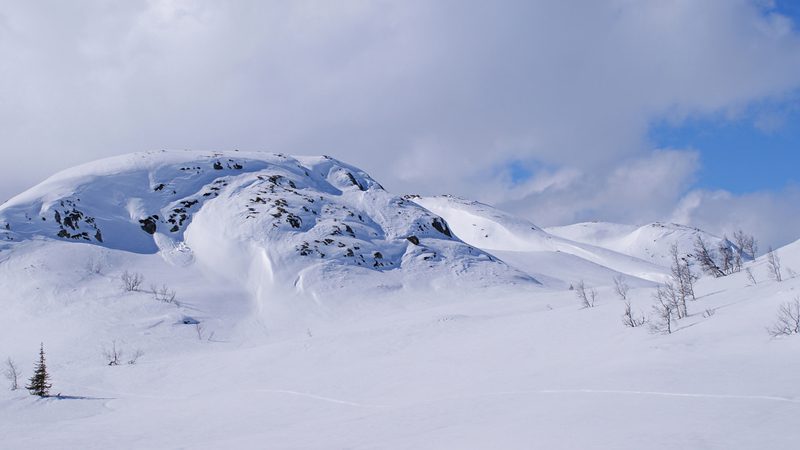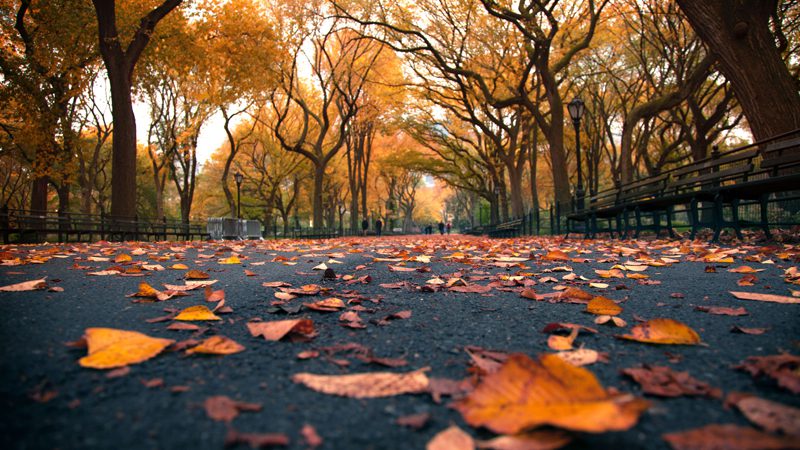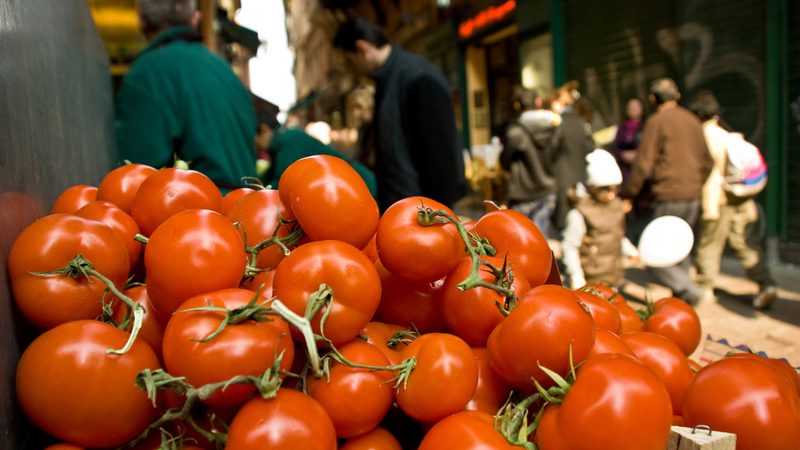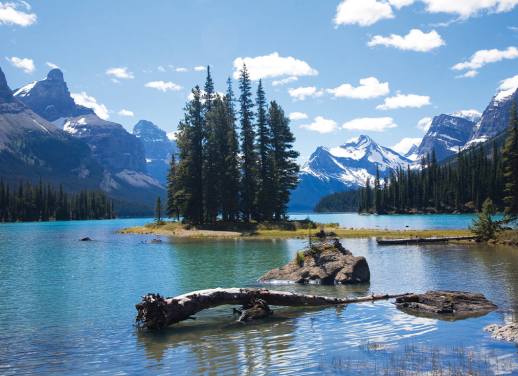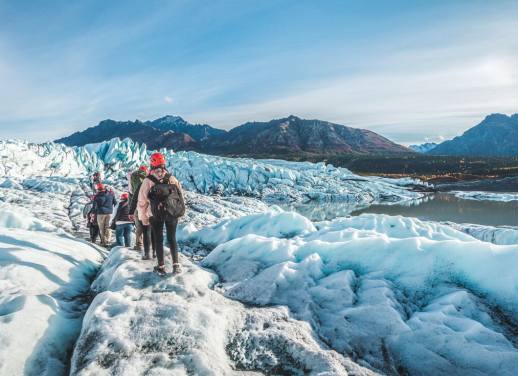This post originally appeared on Anew Traveller.
When planning a trip abroad, many travellers tend to look to the weather for guidance on the most ideal time to visit a destination. While some may argue that most locations are best during peak seasons, there are a number of pros and cons to weigh about a trip’s time of year. Here are five things to consider when deciding on a season to travel.
1. Cost
While travelling to a destination during it’s most amicable season may seem best, high demand often results in significant peaks in price. This can include everything from flights to accommodation and even entry into sights and tours, resulting in trips that cost double or more what they would at other times of the year. For the traveller on a budget, such price fluctuations can make a big difference in the duration of the trip, the type of lodging, and the number of excursions that are possible. Prior to planning your voyage, consider prioritising the things you want to see and do, and note what may be possible within your means at different times of year. For those looking to travel smarter, sometimes hot sunny weather isn’t as important as getting to spend a few more days discovering a new destination.
2. Sights and Excursions
When looking at your priorities for things to see and do on your trip, try to identify if weather is a determining factor. For example, if you’re planning to visit Barcelona and want to spend time on the beach, you’ll want to go during times of the year when higher temperatures are guaranteed. If the majority of things you want to experience can be done inside, travelling during a non-peak time may not be an issue. That being said, there can often be differing advantages to visiting a place at all times of the year. Let’s say you’re looking to visit New York and know that Central Park is one of the most important things on your itinerary – fortunately, this site has offerings for every season: sitting on the Green Lawn in summer, enjoying the magnificent trees in their autumn colours, skating on the rink in winter, or experiencing spring’s blossoms.
3. Preparation
What you’ll need for your trip abroad can vary greatly depending on the season you visit. While good weather is never a guarantee, certain times of year represent larger challenges that require greater preparation. If travelling during non-peak times like winter or a rainy season, packing appropriate clothing, coats and footwear is key. This can result in bulkier bags, more luggage and even additional cost at times. When planning a trip, think about what seasonal demands will mean for your packing and preparation, and consider how this will impact your greater travel experience.
4. Cuisine
Sampling a region’s local cuisine is a significant part of the travel experience. That being said, for many destinations, the foods and products available are dependent on the time of year. Take Italy. The history of Italian cuisine is very much based on seasonal recipes that reflect the local produce available. Staples like artichokes can only be found from December to March and vine ripened tomatoes from June to September. Of course, limitations like these can also provide an opportunity for visitors to taste seasonal delicacies previously unknown, encouraging new experiences and delicious surprises.
5. People
Without doubt, some destinations are at their best during warmer seasons. However these are often peak travel times, meaning there is an increase in the number of visitors. This can result in long lines for certain sights, limited availability at hotels and restaurants, and a feeling of the location being more “cramped” than at other times. While it can take hours to get through the line at the Eiffel Tower in July, in January there’s hardly a wait. Though this concern is an afterthought for many, keeping in mind the number of people who may be visiting a destination during your intended stay is a smart way to plan how to maximise your time and get the most out of your travel experience.
Before planning your next trip, think about how seasons may affect your experience. Whether you’re a traveller on a budget or simply want to make the most of your limited time abroad, think ahead to what time of year makes the most sense for you to visit your desired destination. More than anything, remember that each season brings with it an array of new opportunities for the open-minded traveller.
Words by Caitlin Boros. This post originally appeared on Anew Traveller.
Feature image c/o Randi Hausken, Flickr

